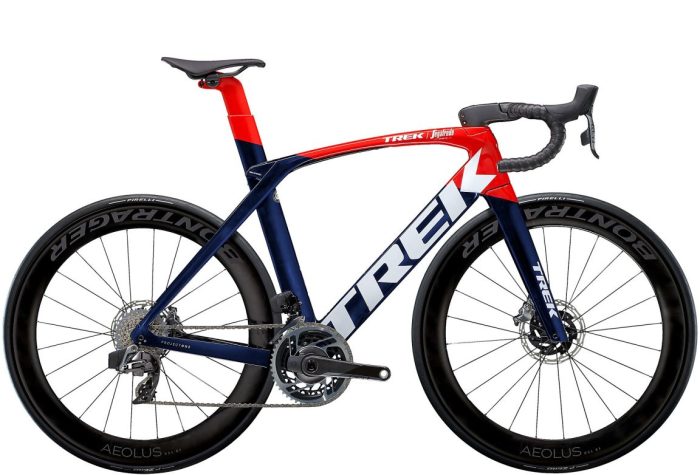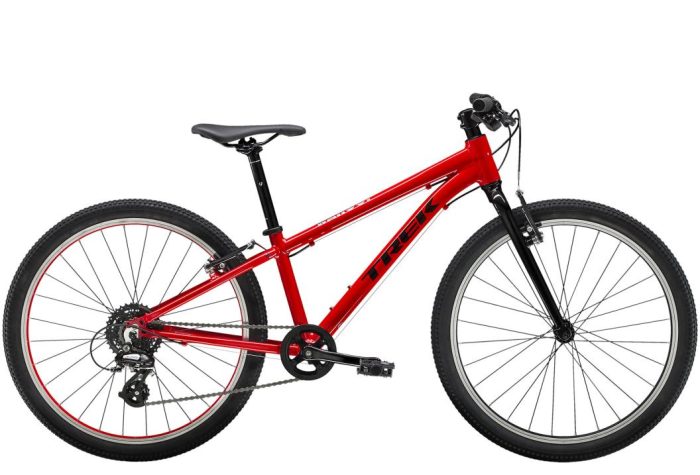How Bike Gears Work
Intro to Bike Gears
You will see people struggle to even move their bikes as they feverishly or laboriously grind their way along all too frequently. Life may be a little bit easier if these people were using their tools properly.
The energy you expend on the pedals is translated into a specific output at the wheel through gears. Your muscles can only exert a certain amount of effort, and there is often a maximum cadence (the rate at which your pedals spin) at which you will be most effective.
Purpose Of Road Bike Gears:
On a bike, gears are employed more for convenience and personal comfort than they are in a car, where they are used in relation to how the engine operates.
The gears are mostly there to make sure you can maintain a constant pedalling pace and power, no matter the terrain in front of you. Without gears, cycling over hillier terrain and more difficult gradients can be challenging. No matter how or where you are cycling, using your gears ensures a simpler trip.
Selection Of Right Bike Gears To Use:
The general operation of your bike’s gears is the same whether it has three or twenty.
Use one of the lower gears if you’re cycling uphill or in a challenging environment. On the other end of the spectrum, you should utilize your highest gears when cycling quickly or downhill.
It’s important experimenting with your gears while riding a new bike for the first time. Test out the various levels in various scenarios and determine what feels comfortable for you.
How Road Bike Gears Works:
The majority of motorcycles feature two gear shifters. The front gears of the bike are controlled by the one on the left handle, while the rear gears are controlled by the one on the right.
Some bike models only feature a chainring up front, in which case there will only be one gear shifter, on the right.
The chain will shift into a larger, easier gear in the back (right hand) and a larger, tougher gear in the front with a long push (two clicks) (left hand). The chain will shift into a smaller, tougher gear in the back (right hand) with a quick push (and one click), and a smaller, easier gear in the front (left hand).
Recognizing when to shift and seamlessly changing
When cycling, you’ll be able to tell when to change gears by the feel of your pedals. You should change into a higher gear if it feels like your legs are floating around the pedals with no effort. Alternately, you should change to a lower gear if you’re having a lot of trouble pedalling and finding it difficult to sustain speed.
It is advised to pedal a little more softly than usual when changing gears in order to achieve a smoother, more fluid gear change.
In the End
Although understanding how gears work has never been simple, gear management is made possible when technology are fully understood. Pedaling is made simple by switching the small and large chains. When the front chain ring’s gears are operating effectively, noticeable changes take place.
Taking your bike to a new location is the best approach to examine how the gears operate. Try changing through all the gears in a place where there isn’t any traffic, perhaps in a deserted parking lot. To determine which gear is best for you, try both the front and rear. You will master your road bike more quickly the more time you spend riding it. You can only gain a deeper understanding of your bike by investing time.
Bike Gears FAQs:
On a bike, is gear 1 high or low?
The first gear on a bicycle is a low gear, and the same is true for the gears of a car. This equipment works best when ascending, navigating rough terrain, and cycling slowly. The term “easy gear” may also be used to describe this gear.
What gears should my road bike have?
Low gear, middle gear, and high gear are the three different types of gear. The middle gear is suggested for riding on flat roads. Bikers frequently opt for it since it lessens the force that your feet apply to the pedals.
Should you depress the brake while shifting gears?
In order for the chain to advance from one gear to the next while you are changing, you must continue pedalling. The chain is pushing on the gear teeth when you are cycling while in a certain gear.
Which bicycle gear is the fastest?
You can accelerate more quickly by using a lower, simpler gear that has a smaller chain ring up front and a larger cog in the back. This facilitates starting from a halt or climbing a steep incline.
What bike gear should I select for an ascent?
The smallest chain ring up front and the biggest cog on your cassette make up your bicycle’s “low” gear (rear gears). You can pedal uphill with the least amount of resistance in this position since it makes pedalling the easiest.
Why is pedalling in higher gear more difficult?
All of it is about power. Lower gears take more revolutions to cover the same distance (and as a result, less energy per revolution). Therefore, less electricity is used.
On a flat road, what gear should I be using?
High Speed. If you want to move quickly on a flat route, pick this one for descending or accelerating. Each pedal turn in a high gear results in a significant amount of movement.
Contact Us
If you have any suggestions or advise, please feel free to reach us via our Contact Us here.
Our articles are developed after considerable research and studies online and also including seeking informational experience based tips from professional rides. Key sources of information are interviews, google search and youtube.




